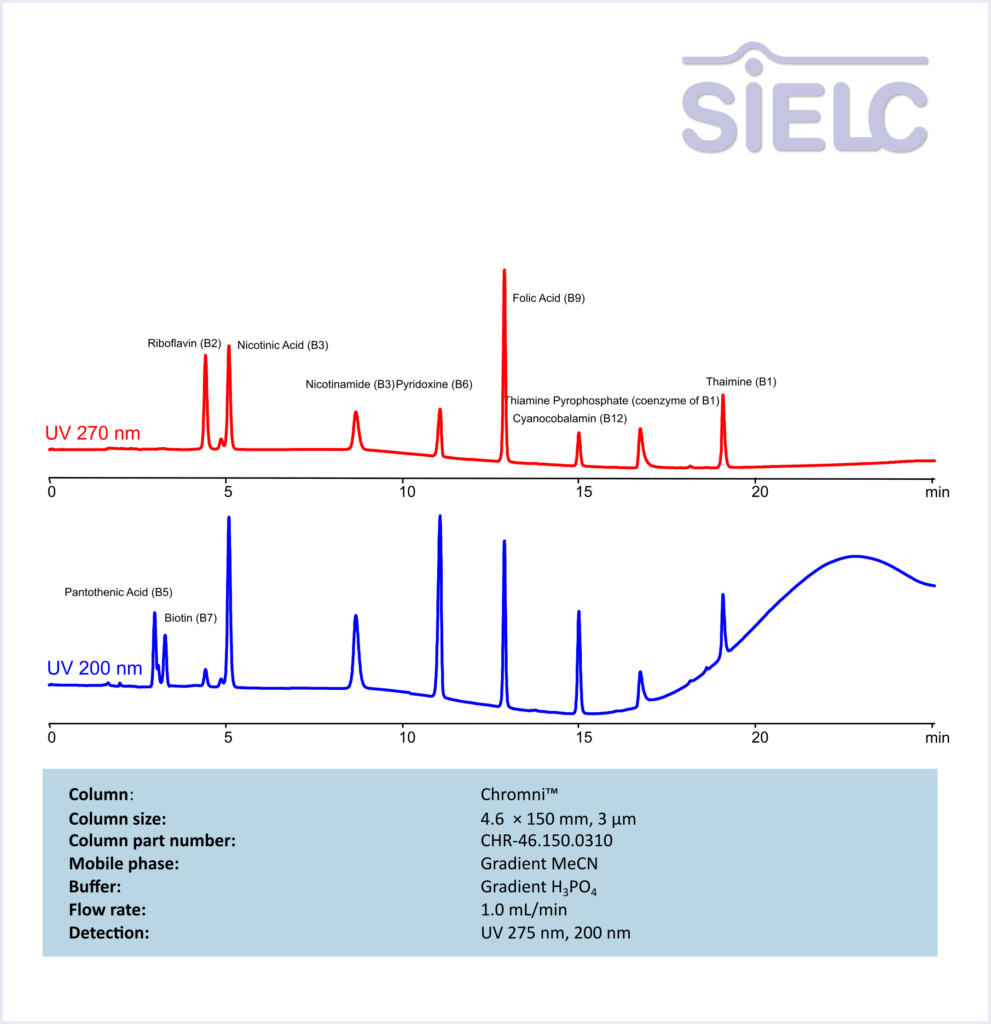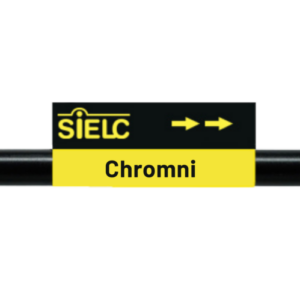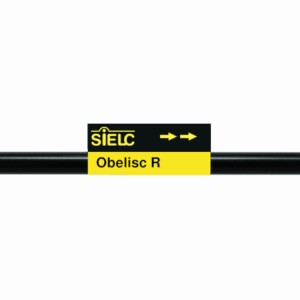| CAS Number | 79-83-4 |
|---|---|
| Molecular Formula | C9H17NO5 |
| Molecular Weight | 219.237 |
| InChI Key | GHOKWGTUZJEAQD-ZETCQYMHSA-N |
| LogP | -1.1 |
| Synonyms |
|
Applications:
HPLC Method for Separation of 10 Water-Soluble Vitamins on Chromni Column
September 17, 2025
HPLC Method for Separation of 10 Water-Soluble Vitamins on Chromni™ by SIELC Technologies
High Performance Liquid Chromatography (HPLC) Method for separation of Vitamin B2 (Riboflavin), Nicotinic Acid/Niacin (3-pyridinecarboxylic acid), Nicotinamide, Vitamin B6 (Pyridoxine), Folic Acid, Cyanocobalamin, Thiamine diphosphate (Thiamine pyrophosphate), Vitamin B1 (Thiamine), Pantothenic Acid, Biotin
Riboflavin (B2), Nicotinic Acid (B3), Nicotinamide (B3), Pyridoxine (B6), Folic Acid (B9), Cyanocobalamin (B12), Thiamine Pyrophosphate (coenzyme of B1), Thiamine (B1), Pantothenic Acid (B5), Biotin (B7) are water soluble vitamins with a key function of energy metabolism. These coenzymes are responsible for converting food into usable energy.
Vitamin B2 (Riboflavin), Nicotinic Acid/Niacin (3-pyridinecarboxylic acid), Nicotinamide, Vitamin B6 (Pyridoxine), Folic Acid, Cyanocobalamin, Thiamine diphosphate (Thiamine pyrophosphate), Vitamin B1 (Thiamine), Pantothenic Acid, Biotin can be retained and analyzed using the Chromni™ stationary phase column. The analysis utilizes a gradient method with a simple mobile phase consisting of water, acetonitrile (MeCN). Detection is performed using UV.
| Column | Chromni™, 4.6 x 150 mm, 3 µm, 100 A, dual ended |
| Mobile Phase | MeCN/H2O – see table |
| Buffer | H3PO4 – see table |
| Flow Rate | 1.0 ml/min |
| Detection | UV 275 nm, 200 nm |
Gradient Elution Program for HPLC Method
| Time (min) | A – H2O (%) | B – MeCN (%) | C – H3PO4 1% in H2O (%) | Notes |
| 0 | 0 | 90 | 10 | Starting Conditions (Hold) |
| 4 | 0 | 90 | 10 | Gradient Start |
| 20 | 20 | 30 | 50 | Gradient End |
| 20.01 | 0 | 90 | 10 | Column Equilibration |
| 30 | 0 | 90 | 10 | End of Run |
| Class of Compounds | Vitamins |
| Analyzing Compounds | Vitamin B2 (Riboflavin), Nicotinic Acid/Niacin (3-pyridinecarboxylic acid), Nicotinamide, Vitamin B6 (Pyridoxine), Folic Acid, Cyanocobalamin, Thiamine diphosphate (Thiamine pyrophosphate), Vitamin B1 (Thiamine), Pantothenic Acid, Biotin |
Application Column
Chromni™
Column Diameter: 4.6 mm
Column Length: 150 mm
Particle Size: 3 µm
Pore Size: 100 A
Column options: dual ended
Cyanocobalamin
Folic Acid
Nicotinamide
Nicotinic Acid/Niacin (3-pyridinecarboxylic acid)
Pantothenic Acid
Thiamine diphosphate (Thiamine pyrophosphate)
Vitamin B1 (Thiamine)
Vitamin B2 (Riboflavin)
Vitamin B6 (Pyridoxine)

HPLC Analysis of Active Drug in a Formulation
October 4, 2010

HPLC method for separation of active ingredients of drug/supplemental composition was developed on an Obelisc R trimodal HPLC column. Compounds are retained by combination of reversed-phase, cation-exchange and anion-exchange mechanisms. Compounds are well separated, and method can be used for quantitation of pyridoxine, ascorbic acid, niacinamide, pantothenic acid, caffeine and riboflavin in a mixture or as separate compounds in various complex mixtures. Various detection techniques can be applied for quantitation (ELSD, UV, LC/MS, Corona). This HPLC method can be adopted as general approach for analysis of active drug components in various formulations.
| Column | Obelisc R , 4.6×150 mm, 5 µm, 100A |
| Mobile Phase | MeCN/H2O -5/95% |
| Buffer | NaHPO4 pH 3.0 – 30 mM |
| Flow Rate | 1.0 ml/min |
| Detection | UV, 210 nm |
| Class of Compounds |
Drug, Vitamin B₆, Hydrophobic, Ionizable |
| Analyzing Compounds | Pyridoxine, Ascorbic acid, Niacinamide, Pantothenic acid, Caffeine, Riboflavin |
Application Column
Obelisc R
SIELC has developed the Obelisc™ columns, which are mixed-mode and utilize Liquid Separation Cell technology (LiSC™). These cost-effective columns are the first of their kind to be commercially available and can replace multiple HPLC columns, including reversed-phase (RP), AQ-type reversed-phase, polar-embedded group RP columns, normal-phase, cation-exchange, anion-exchange, ion-exclusion, and HILIC (Hydrophilic Interaction Liquid Chromatography) columns. By controlling just three orthogonal method parameters - buffer concentration, buffer pH, and organic modifier concentration - users can adjust the column properties with pinpoint precision to separate complex mixtures.
Select optionsAscorbic Acid
Caffeine
Niacinamide
Pantothenic Acid
Vitamin B6 (Pyridoxine)





